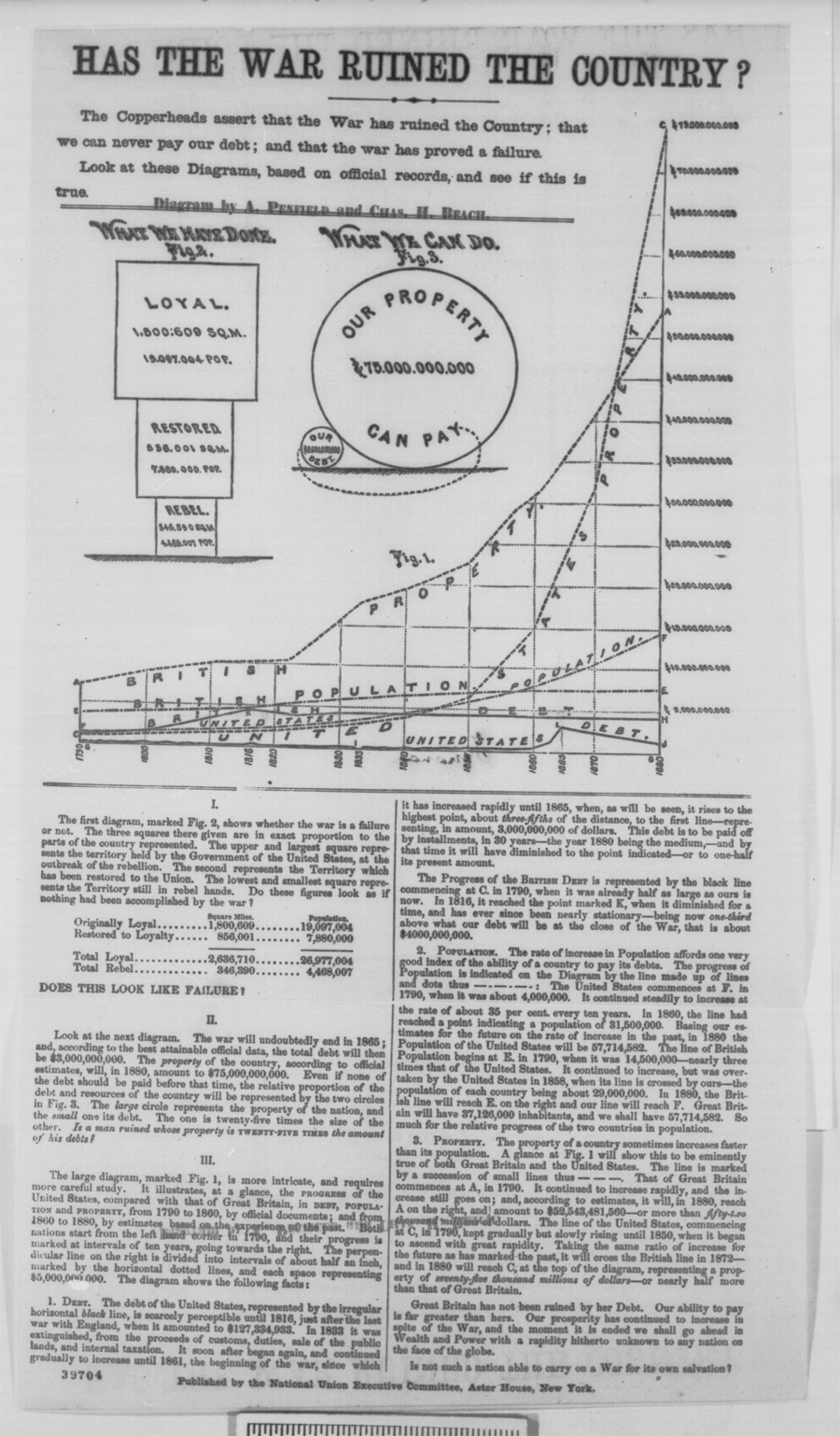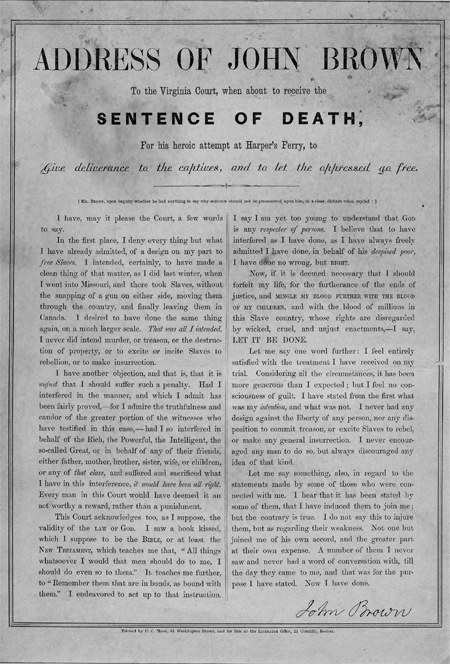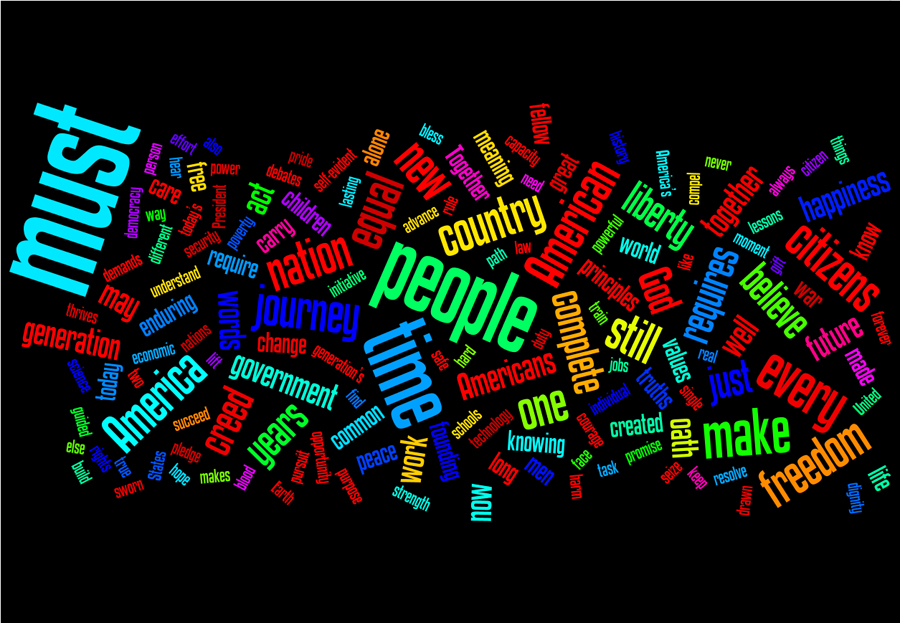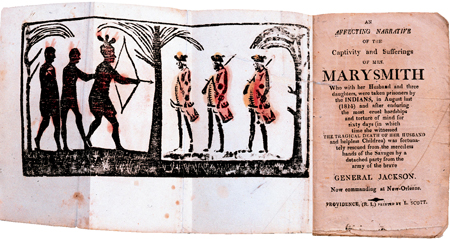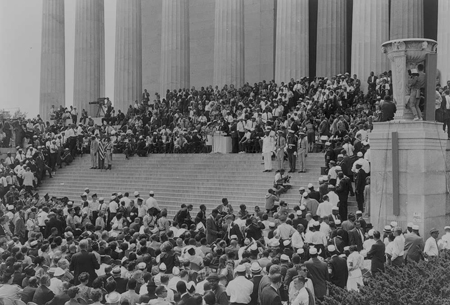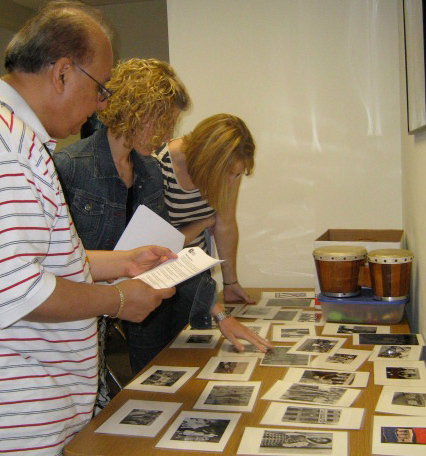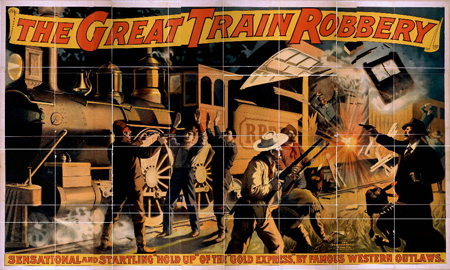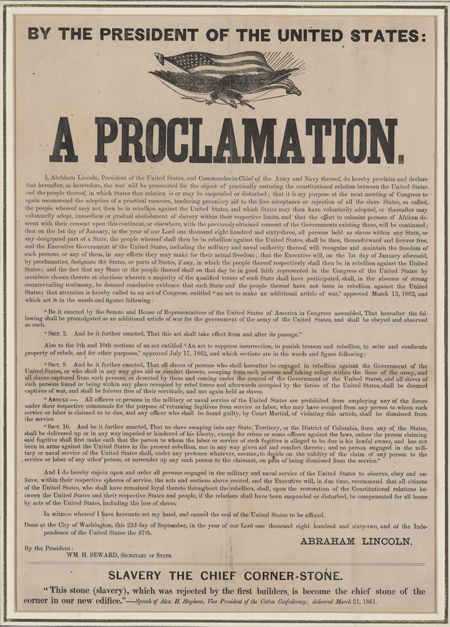Guided Primary Source Analysis: Has the war ruined the country?
Read the headline and the four lines of text just under the headline. Then look at the footer text at the bottom of this page. Who do you think was the audience for this broadside? Explain the reasoning behind your conclusion. (Hint: If you need help answering this, there is one particular word that you should…

